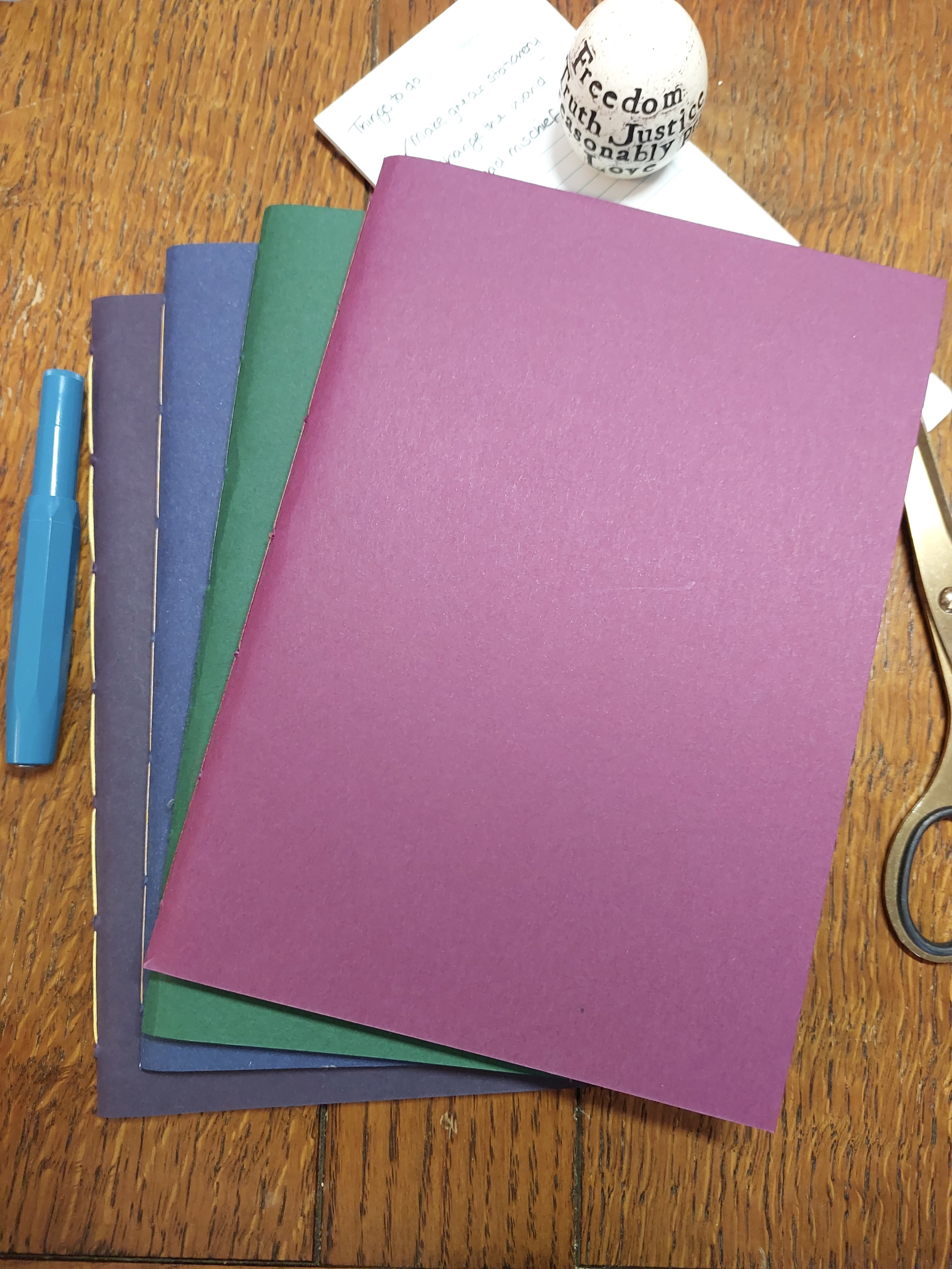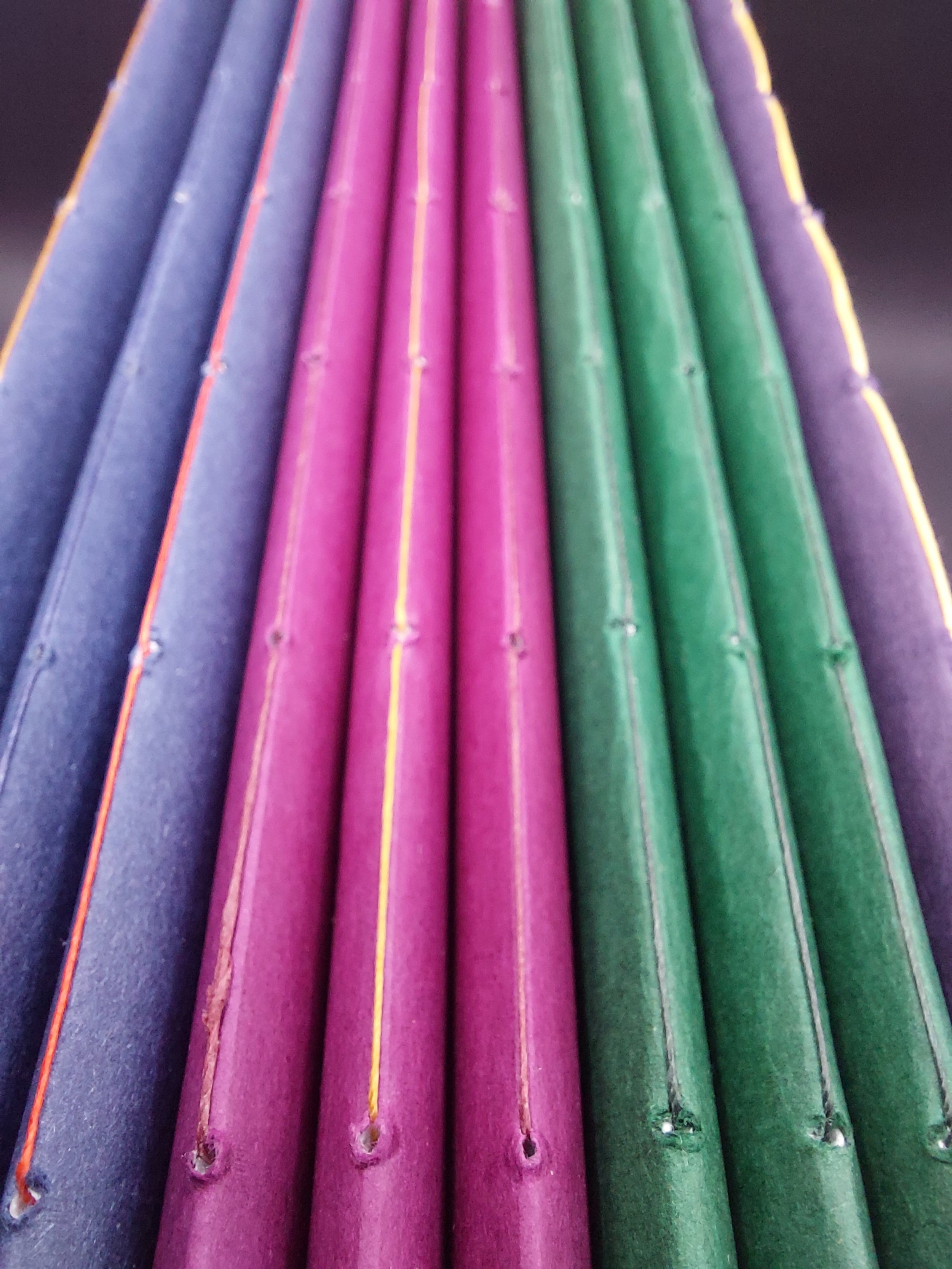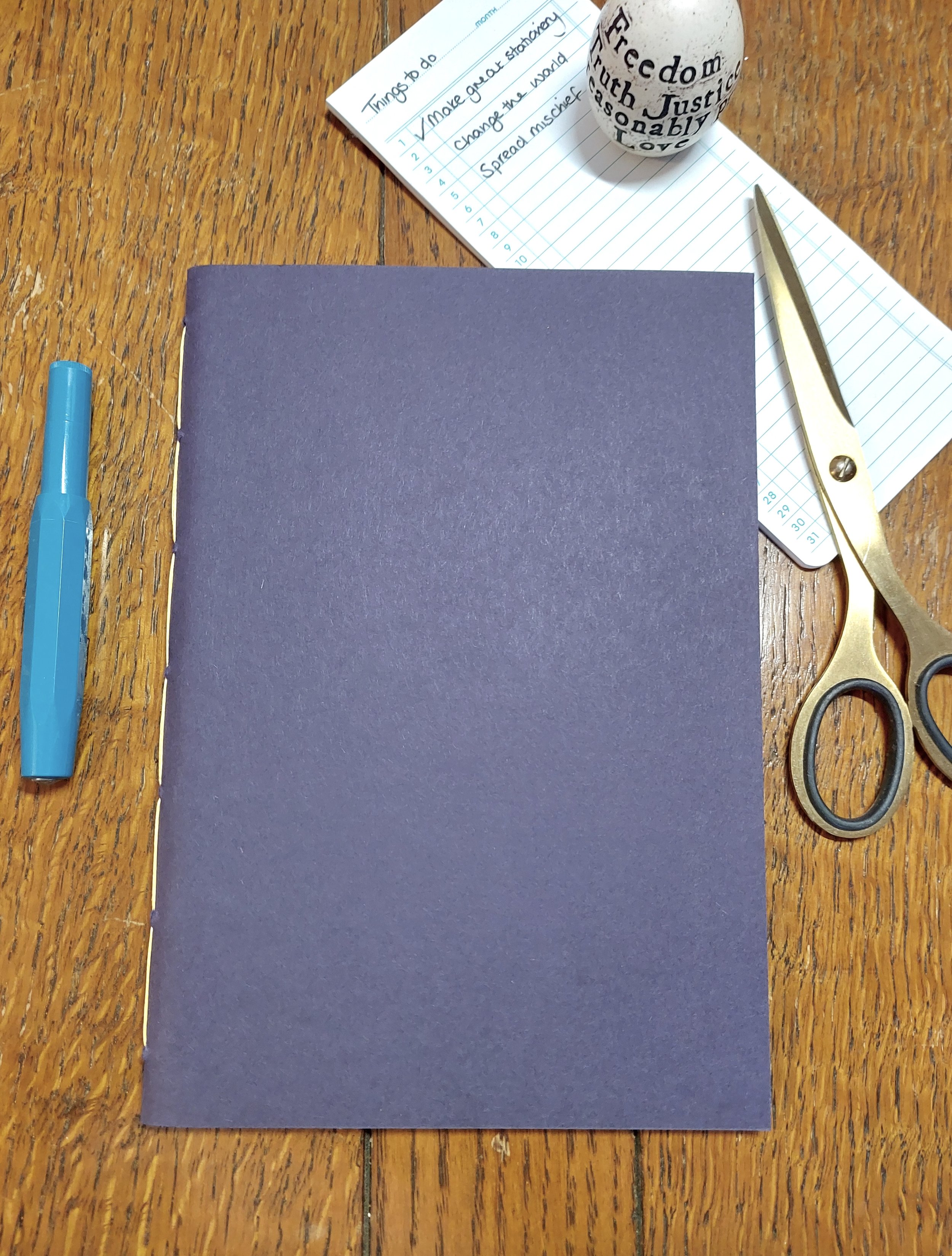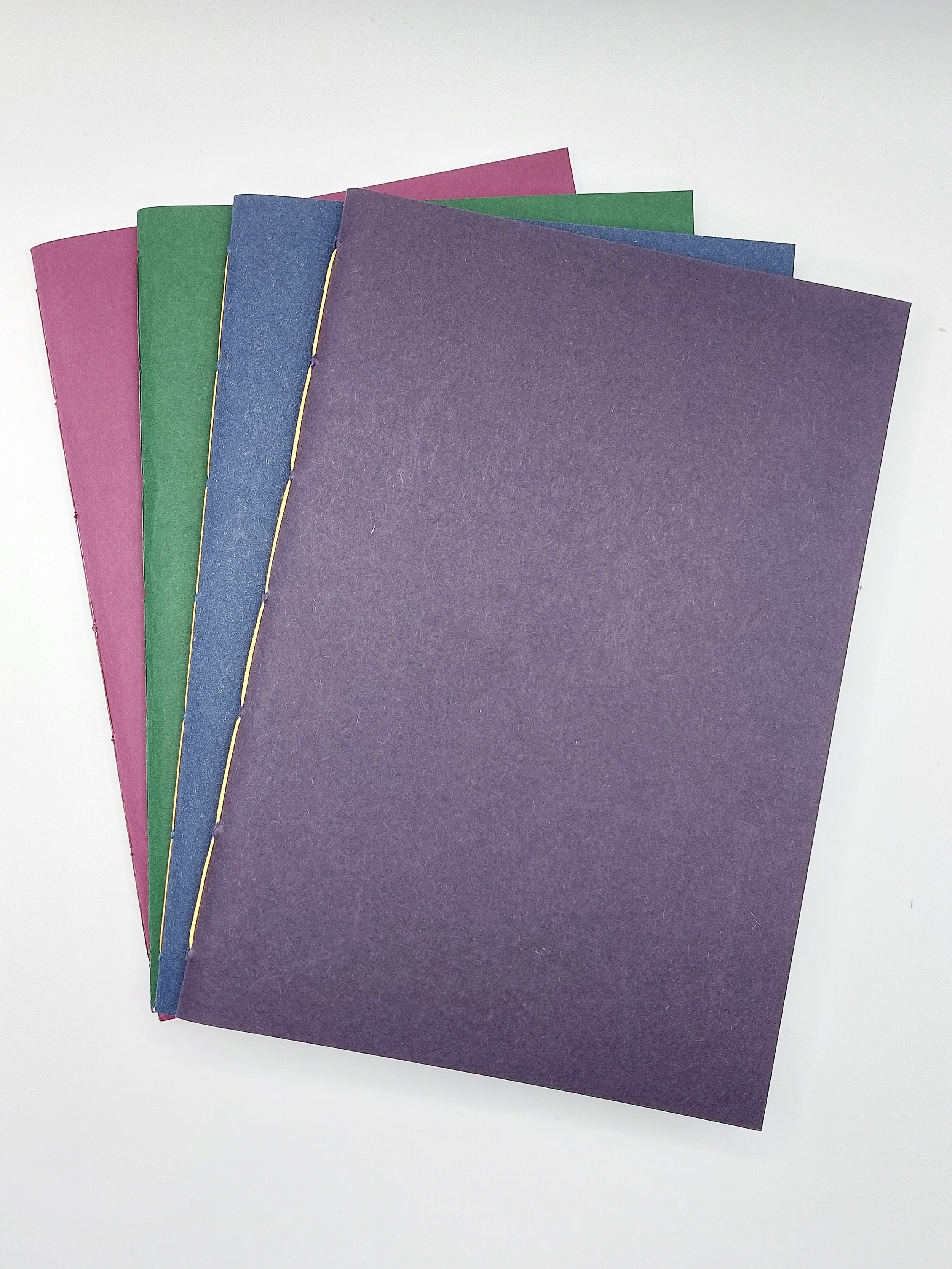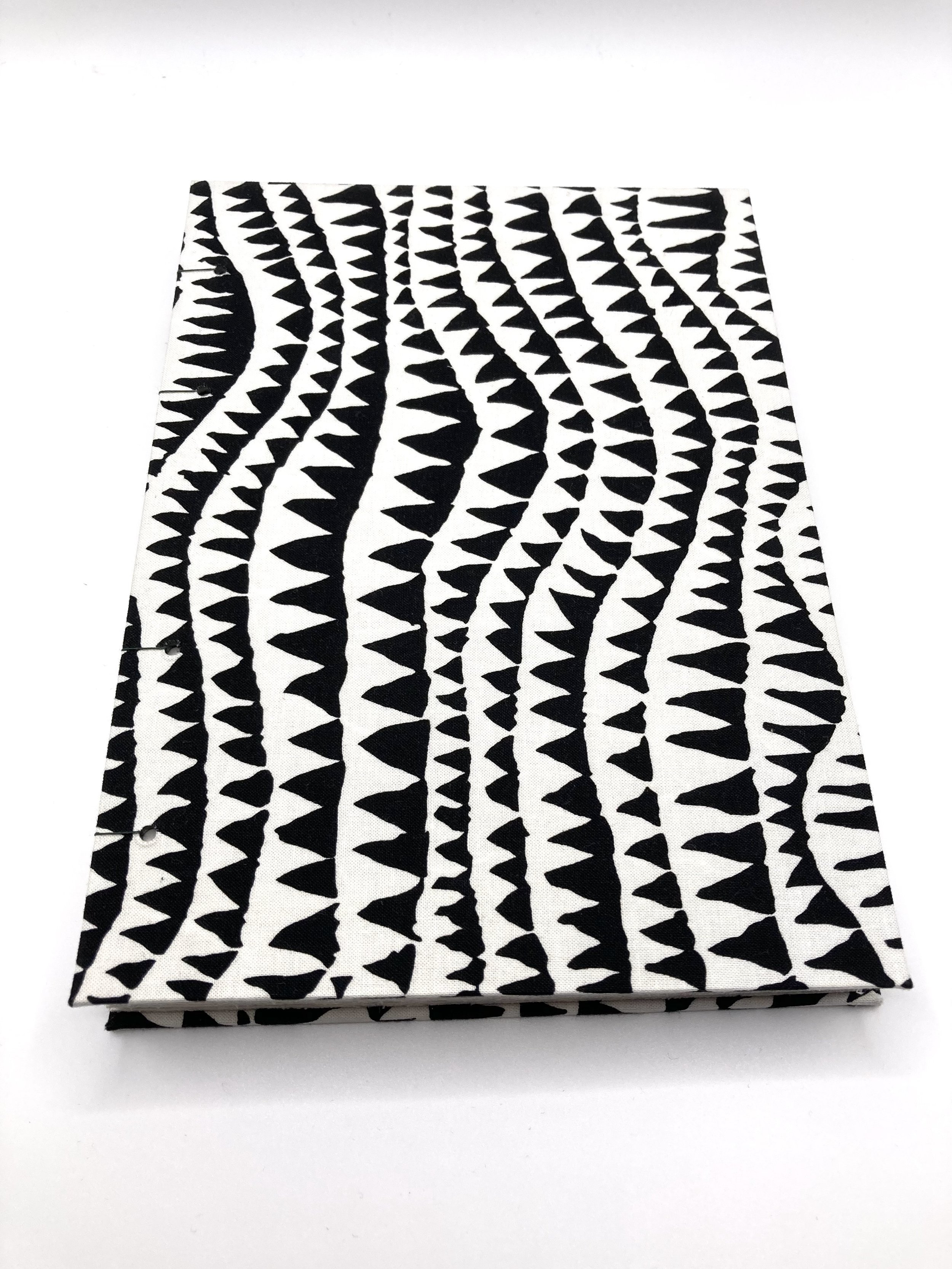 Image 1 of 9
Image 1 of 9

 Image 2 of 9
Image 2 of 9

 Image 3 of 9
Image 3 of 9

 Image 4 of 9
Image 4 of 9

 Image 5 of 9
Image 5 of 9

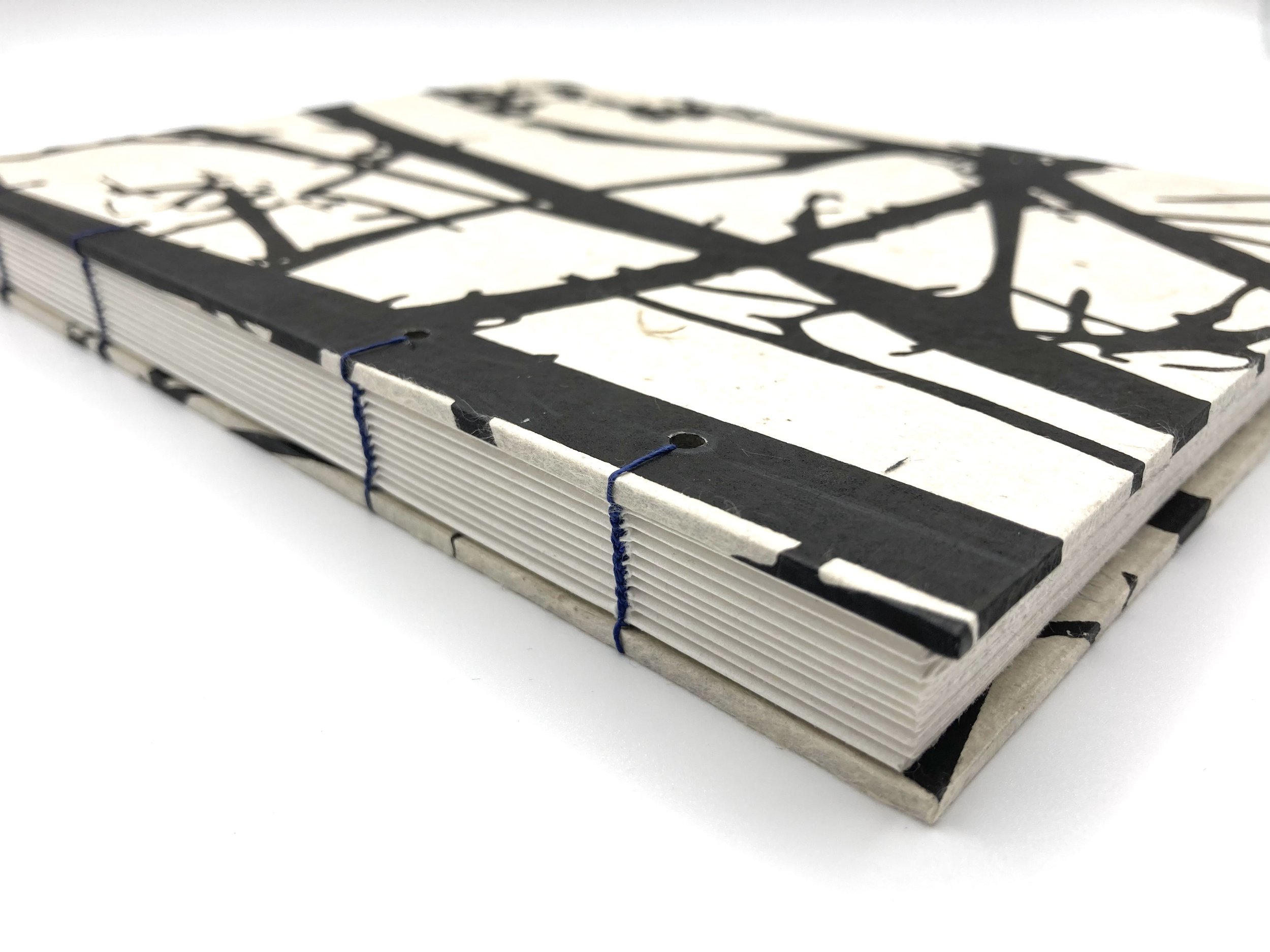 Image 6 of 9
Image 6 of 9

 Image 7 of 9
Image 7 of 9

 Image 8 of 9
Image 8 of 9

 Image 9 of 9
Image 9 of 9










Abstract Haunted Forest A5 Journal
One of our favourite patterns in the Pink Pigeon handmade range! An A5 journal, with 120 plain sides of high-quality, recycled 'Cupcycle' paper, which is great for a range of different writing media. Dark blue stitching matches the inside of the cover and allows the book to lay completely flat. Eco-friendly and unique!
One of our favourite patterns in the Pink Pigeon handmade range! An A5 journal, with 120 plain sides of high-quality, recycled 'Cupcycle' paper, which is great for a range of different writing media. Dark blue stitching matches the inside of the cover and allows the book to lay completely flat. Eco-friendly and unique!
One of our favourite patterns in the Pink Pigeon handmade range! An A5 journal, with 120 plain sides of high-quality, recycled 'Cupcycle' paper, which is great for a range of different writing media. Dark blue stitching matches the inside of the cover and allows the book to lay completely flat. Eco-friendly and unique!
This could be used as a journal, workbook or just for notes around the house. In the past, I've used mine for recipes, short story writing, making a record of everything I've learnt about bookbinding and as a diary. Great for someone who likes junk journaling, scrap booking, bullet journaling or art journaling. It would be ideal for someone who gets excited about unique stationery, who keeps a journal or just loves a list. We all have someone in our lives who is obsessed with stationery - if you don't have one, perhaps that person is you!
Lokta paper has been made in Nepal for over 1000 years and is a sustainable product. The bush from which the raw material is taken regenerates to it's full size over five to seven years. As it is a natural product, you can see and feel the fibres of the plant in the paper and this gives the book a wonderfully tactile texture, while being long lasting. The patterns are hand printed onto the papers by the producers in Nepal. Historically, lokta paper was used for government documents and religious texts in Nepal - the oldest surviving lokta is estimated to be 1000 - 1900 years old - but it's use is now more widespread, for example, menus, packaging and even wallpaper!
The book is hand stitched using coptic stitch, giving the impression of plaits across the spine of the book, which you will be able to see in the photo. The stitching is delicate, but strong. Coptic stitching was first used by Christians in Egypt (the Copts) between the 2nd and 11th centuries AD. This type of stitching allows the book to lay completely flat. It is worth noting that this also means there is some movement around the spine of the cover boards; however, this does not imply a weakness in the book! Without this movement, the book would not lay flat, so I never attempt to overcome this with glue or other methods.
I hope that you will enjoy using this notebook as much as I have enjoyed making it. I'm focused on quality and make every effort to ensure the corners are tidy, patterns are centralised and lines are straight. Of course, this is handmade, so every item is unique and I am proud to use materials and methods with such interesting histories. This book will be quite hardwearing; it's designed to be used.
